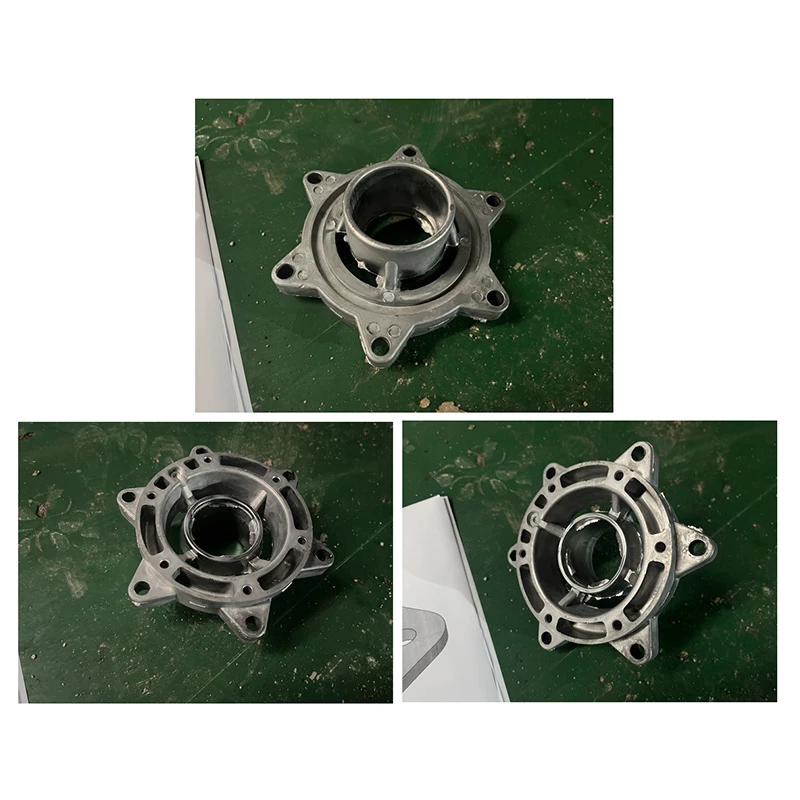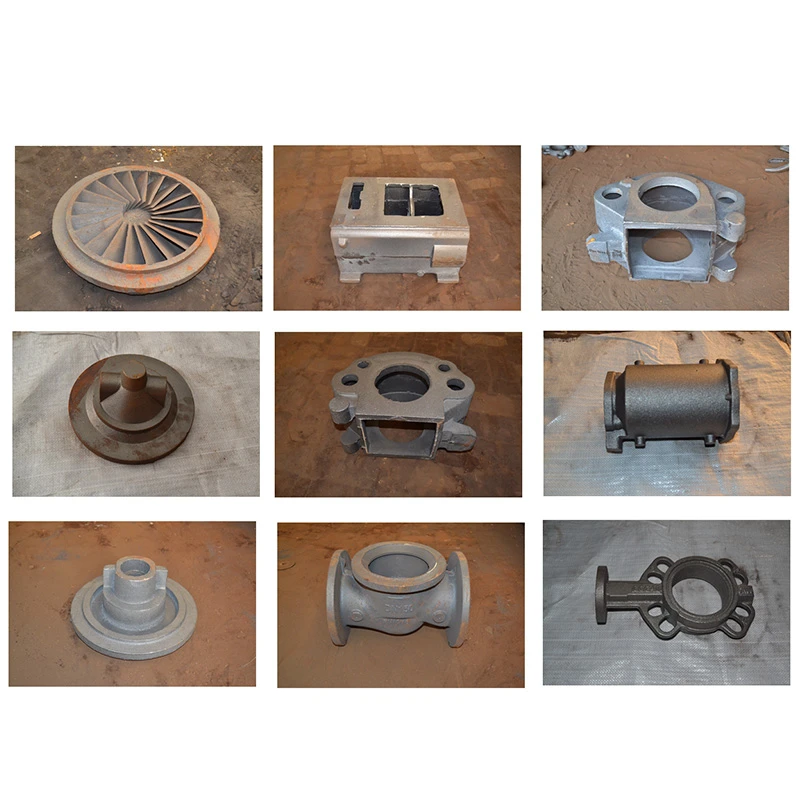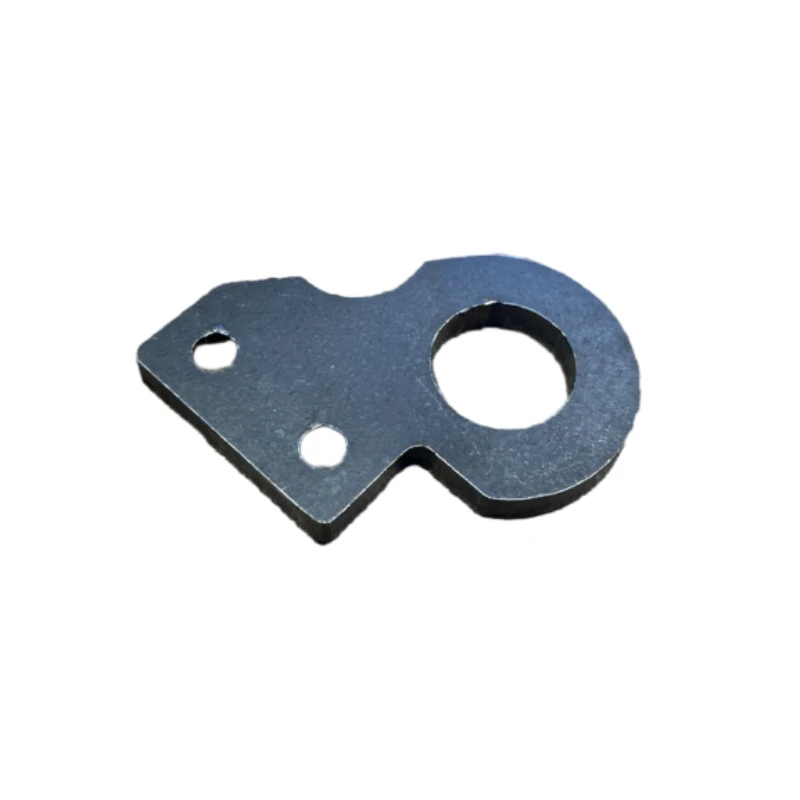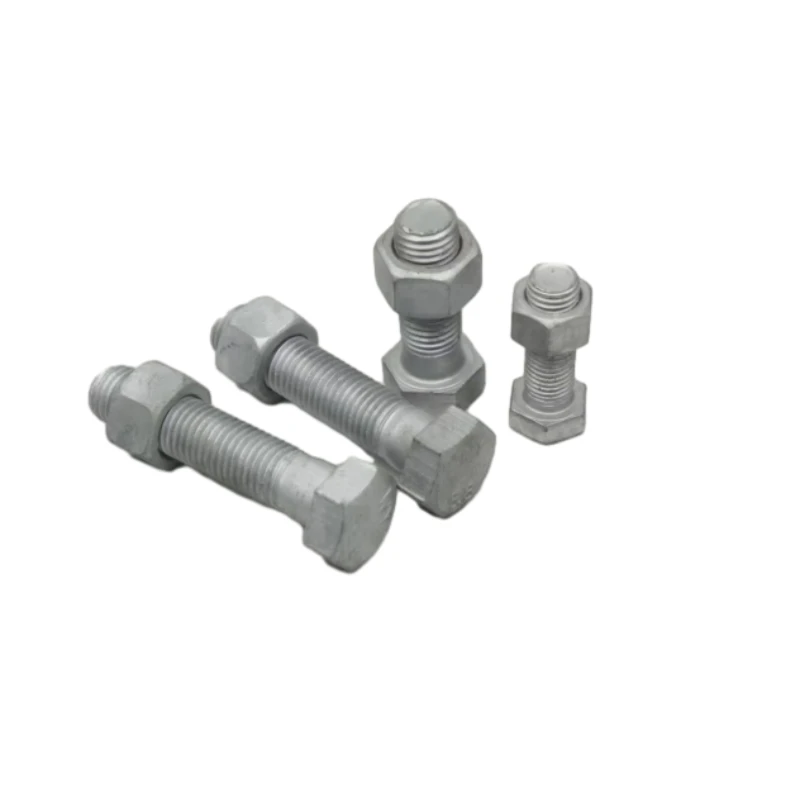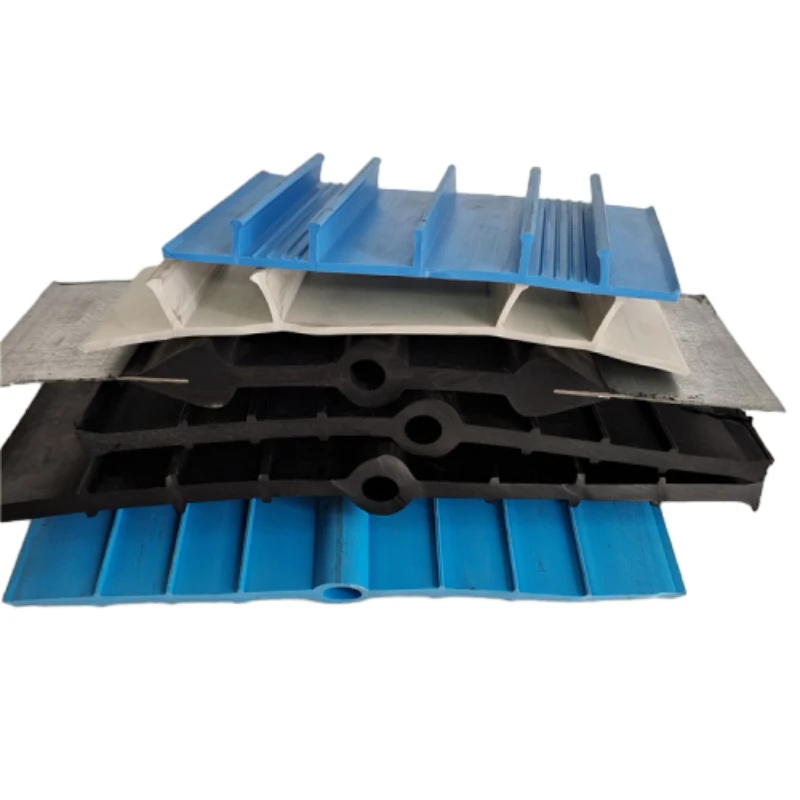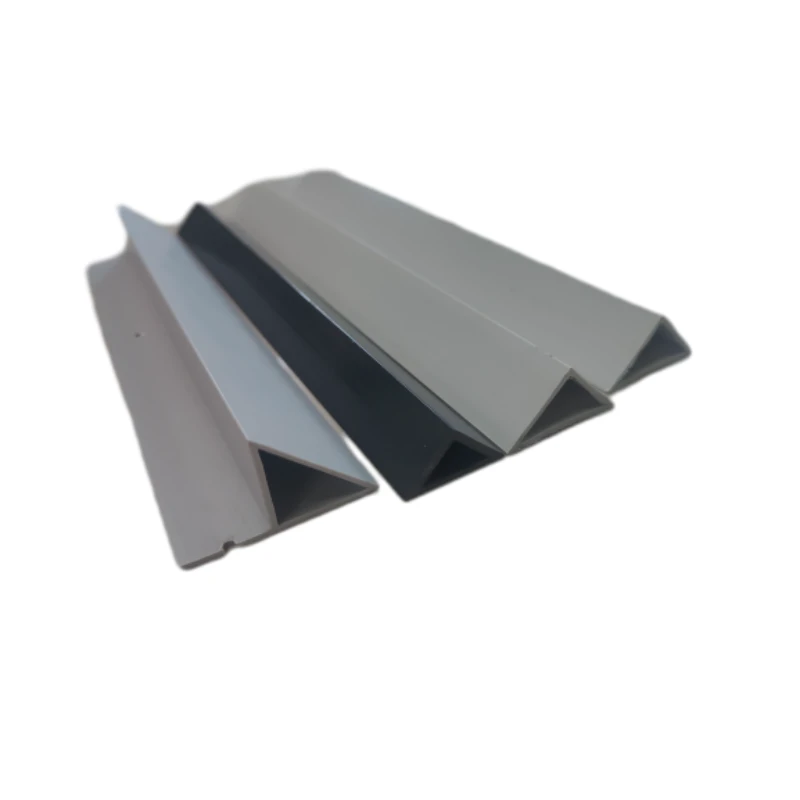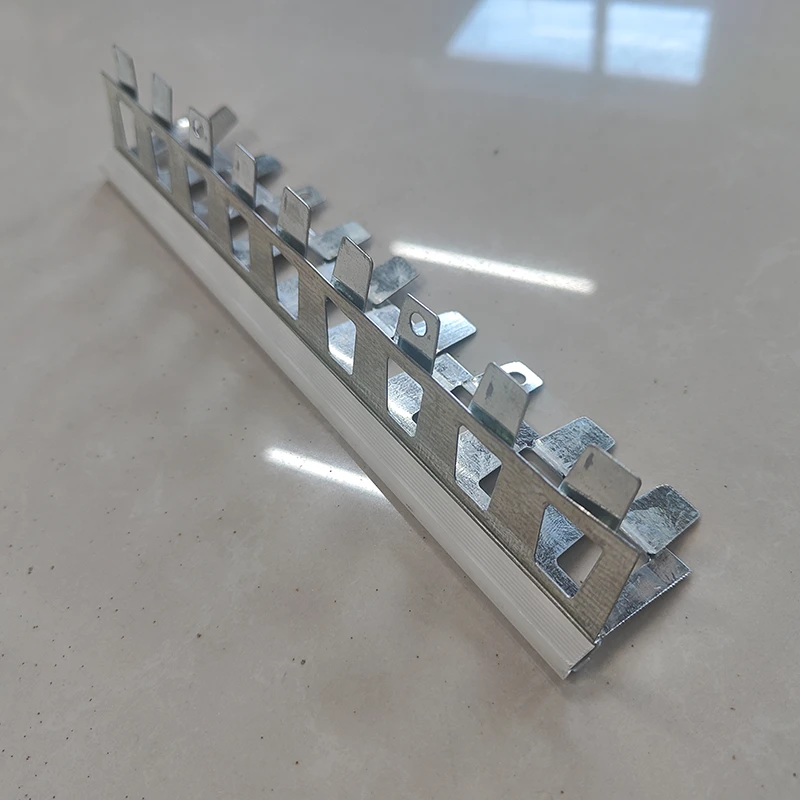- Phone: +86 132 8320 1810
- Email: annie@wrkgroup.ltd
-
- Afrikaans
- Albanian
- Amharic
- Arabic
- Armenian
- Azerbaijani
- Basque
- Belarusian
- Bengali
- Bosnian
- Bulgarian
- Catalan
- Cebuano
- China
- China (Taiwan)
- Corsican
- Croatian
- Czech
- Danish
- Dutch
- English
- Esperanto
- Estonian
- Finnish
- French
- Frisian
- Galician
- Georgian
- German
- Greek
- Gujarati
- Haitian Creole
- hausa
- hawaiian
- Hebrew
- Hindi
- Miao
- Indonesian
- Italian
- Japanese
- Javanese
- Malay
- Persian
- Portuguese
- Punjabi
- Russian
- Spanish
- Swahili
- Telugu
- Vietnamese
Jul . 23, 2025 16:39 Back To List
Maintenance Tips for Scaffolding Props and Their Sleeves
In the construction industry, the proper maintenance of scaffolding prop, steel prop, and prop sleeve is crucial for ensuring safety, durability, and optimal performance. CANGZHOU WORLD CUP TRADING CO., LTD. provides high - quality scaffolding components, and as a wholesaler, understanding effective maintenance practices allows you to offer valuable guidance to clients.
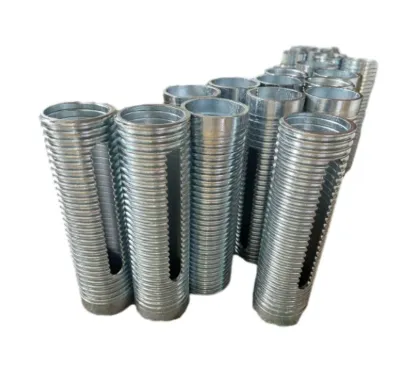
Preserving Scaffolding Prop Integrity
- Regular Cleaning and Inspection: Conduct routine cleaning of scaffolding prop to remove dirt, debris, and construction residues. Use a mild detergent and water to clean the surface, paying special attention to areas with and connections. After cleaning, perform a thorough inspection for signs of wear, such as cracks, bends, or rust. Cracks can compromise the structural integrity, while bends may affect the load - bearing capacity. Rust, if left untreated, can spread and weaken the prop. For example, props made of steel (common in steel prop offerings) are prone to rust in humid environments, so regular cleaning and inspection are essential.
- Lubrication of Moving Parts:Identify the moving parts of scaffolding prop, such as adjustable sections or locking mechanisms. Apply appropriate lubricants to these parts to ensure smooth operation. Lubrication reduces friction, which can prevent premature wear and tear. For instance, if the prop has an adjustable sleeve that moves along the prop body, lubricating the contact surfaces can make adjustments easier and extend the life of both the prop and the sleeve. Use lubricants that are compatible with the material of the prop (e.g., for steel props, use a lubricant that also provides some rust protection).
Caring for Steel Prop Durability
- Rust Prevention and Treatment: Steel propis highly susceptible to rust, especially when exposed to moisture and harsh construction site conditions. To prevent rust, apply a protective coating such as paint or anti - rust spray. Inspect the prop regularly for any signs of rust formation. If rust is detected, remove it using a wire brush or sandpaper, then re - apply the protective coating. CANGZHOU WORLD CUP TRADING CO., LTD. supplies steel props that can benefit from these rust prevention measures, ensuring their long - term durability. For example, in outdoor construction projects where steel props are exposed to rain and humidity, proper rust prevention can significantly extend their service life.
- Load - Bearing Capacity Checks:Periodically check the load - bearing capacity of steel prop. This can be done by following the manufacturer's guidelines for load testing. Over time, factors such as wear, deformation, or damage can reduce the prop's ability to bear loads safely. By conducting these checks, you can identify props that may no longer be suitable for use and recommend replacements. This is particularly important in construction projects where the safety of workers and the stability of structures depend on the proper functioning of steel props.
Maintaining Prop Sleeve Performance
- Inspection of Threads and Dimensions:Prop sleeve often features threads (as seen in the product details with rolling screw and CNC screw technical ways) that are critical for their functionality. Inspect these threads for signs of wear, such as stripping or damage. Use calipers to check the dimensions of the sleeve against the original specifications. Any deviation in dimensions or damage to the threads can affect the sleeve's ability to connect with the scaffolding prop properly. For example, if the sleeve has an OD60mm dimension as specified, a change in this dimension due to wear or deformation can lead to improper fitting and reduced performance.
- Cleaning and Storage Practices:Clean prop sleeve after each use to remove dirt, grime, and any construction materials that may have adhered to it. Store the sleeves in a dry, clean environment to prevent rust and damage. If the sleeves are made of metal (like those from CANGZHOU WORLD CUP TRADING CO., LTD.), proper storage is essential to maintain their quality. Avoid stacking heavy objects on top of the sleeves, as this can cause deformation. Also, store different sizes and types of prop sleeves separately to avoid confusion and potential damage during retrieval.
Scaffolding Prop FAQS
How often should scaffolding prop be inspected for maintenance?
Scaffolding prop should be inspected at least once every three months, or more frequently if used in harsh environments or for heavy - duty projects. After any significant impact or load - bearing event, an immediate inspection is also recommended. Regular inspections help detect early signs of wear, damage, or performance issues, allowing for timely maintenance or replacement. This ensures the safety and reliability of the scaffolding props in construction projects.
Can rust on steel prop be completely removed, and how?
Rust on steel prop can be removed using methods like wire brushing, sandpaper, or chemical rust removers. After removing the rust, it's crucial to apply a protective coating (such as anti - rust paint or spray) to prevent re - rusting. However, if the rust has penetrated deeply and caused significant pitting or damage to the steel structure, the prop may need to be replaced. For minor to moderate rust, proper removal and re - coating can restore the prop's performance and extend its service life.
What are the common causes of prop sleeve thread damage?
Common causes of prop sleeve thread damage include over - tightening, improper installation, repeated use without proper lubrication, and exposure to debris or foreign objects. Over - tightening can strip the threads, while improper installation can cause cross - threading. Lack of lubrication increases friction, leading to wear, and debris can get caught in the threads, causing damage during operation. By following proper installation and maintenance practices, these types of thread damage can be minimized.
How does proper maintenance of scaffolding prop and prop sleeve impact project costs?
Proper maintenance of scaffolding prop and prop sleeve can significantly reduce project costs. Well - maintained components have a longer service life, reducing the frequency of replacements. Additionally, by preventing failures and accidents caused by faulty scaffolding parts, maintenance helps avoid costly project delays, rework, and potential safety - related expenses. Investing in maintenance also ensures that the components perform optimally, contributing to the overall efficiency and quality of the construction project.
Is there a specific lubricant recommended for scaffolding prop moving parts?
A general - purpose lubricant suitable for metal - to - metal contact is often recommended for scaffolding prop moving parts. However, it's best to use a lubricant that also provides some level of rust protection, especially for steel props. Silicone - based or lithium - based lubricants can be good choices, but always check the compatibility with the prop's material. Consult the product guidelines from CANGZHOU WORLD CUP TRADING CO., LTD. or a lubricant specialist to ensure the right lubricant is used for optimal performance and protection.
Latest News
-
Tie Nut Applications In Concrete FormworkNewsJul.23,2025
-
The Advantages of Using Stainless Steel Shuttering Tie RodsNewsJul.23,2025
-
PVC Water Stopper Chemical Resistance PropertiesNewsJul.23,2025
-
Prop Nuts: How to Identify Signs of Wear and TearNewsJul.23,2025
-
Packaging Requirements for Adjustable Jack BasesNewsJul.23,2025

